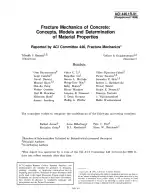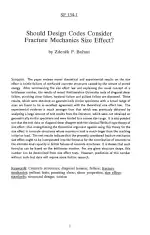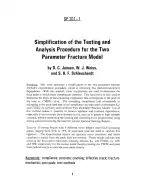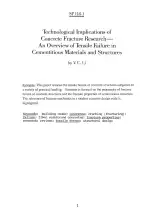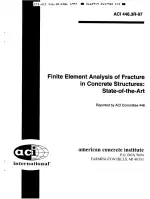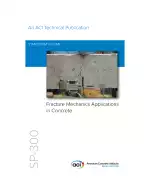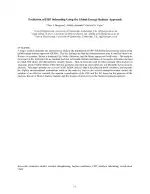Fracture Mechanics of Concrete: Concepts, Models and Determination of Material Properties
Also Known As:
ACI 446.1R-91 (R1999) standard provides a comprehensive overview of fracture mechanics in concrete. The standard is divided into nine chapters, each focusing on a specific aspect of fracture.
The standard begins by introducing the basic concepts of fracture mechanics in concrete. It provides an understanding of how cracks propagate in concrete structures and the factors that influence crack growth and resistance.
The subsequent chapters discuss various theoretical models that have been developed to describe concrete fracture behavior. These models help in analyzing and predicting the behavior of cracks in concrete structures under different loading conditions.
The standard also emphasizes the importance of determining material fracture parameters to accurately model and predict the behavior of concrete cracks. It provides guidance on the various experimental methods used to determine these parameters, such as the testing of notched beams and three-point bending tests.
| Descriptors | Brittleness, concrete, concrete structures, crack spacing and width, cracking, damage mechanics, design codes, ductility, failure, fiber-reinforced concrete, nonlocal continuum models, reinforced concrete, size effect, strain softening, structural design, testing methods, ultimate loads |
| ICS Codes | 91.080.40 - Concrete structures 91.100.30 - Concrete and concrete products |
| Language(s) | English |
| File Size | 2.1 MB |

